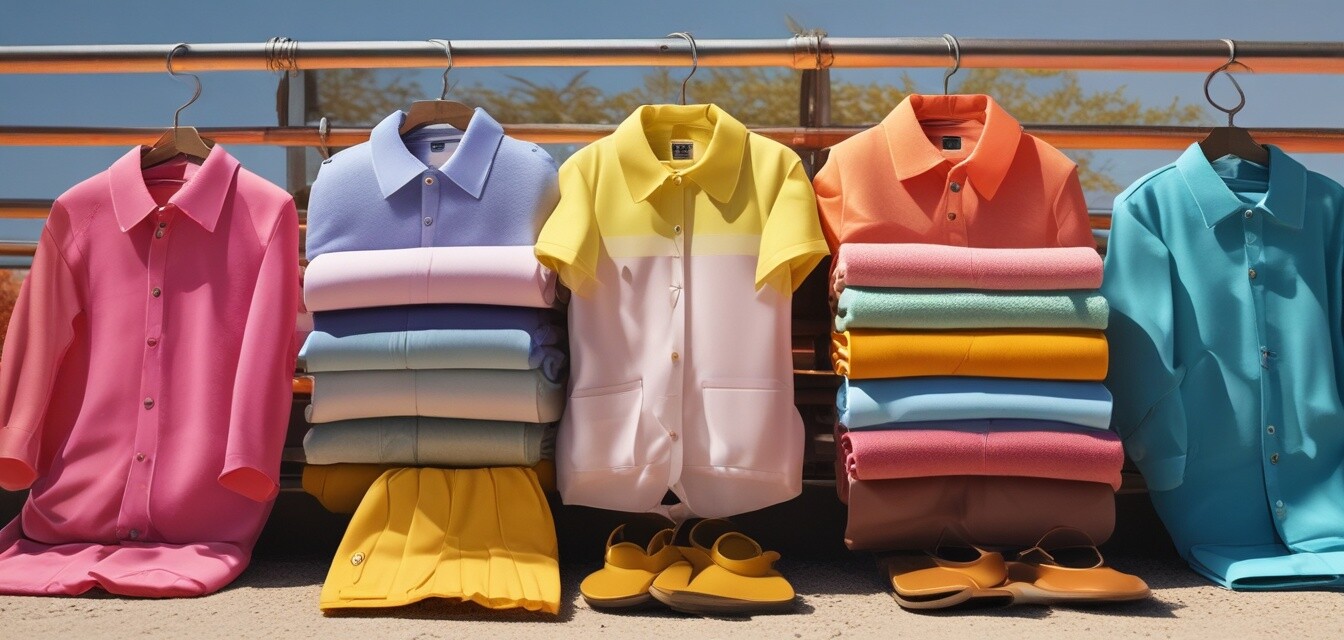
UV Protection Regulations: What’s New in 2025
- Updated regulations focus on standardizing UPF ratings.
- Increased awareness of skin health driving market changes.
- Brands must adapt to new regulations to remain competitive.
- Consumer preference is shifting towards sustainable and protective clothing.
- Government bodies are actively promoting UV protection education.
As we look toward 2025, it's clear that UV protection regulations are evolving to better serve both brands and consumers. With increased awareness about skin cancer risks and the importance of effective sun protection, 2025 brings exciting developments in UV protective clothing. This article will delve into what's new in regulations, how they affect the market, and what consumers can anticipate moving forward.
The importance of UV protective clothing
UV protective clothing serves as a crucial barrier against harmful UV rays, offering numerous benefits:
- Consistent protection without the need for reapplication.
- Ideal for outdoor activities, such as hiking and beach days.
- A valuable option for those who are photosensitive or taking medications that enhance sun sensitivity.
- Particularly important for children who are more susceptible to sun damage.
- A cost-effective alternative to frequent sunscreen purchases.
Understanding new regulations for 2025
The upcoming regulations are poised to standardize UV protective clothing, helping consumers make informed decisions. Key aspects include:
| Aspect | Current Standard | New Changes for 2025 |
|---|---|---|
| UPF Ratings | Varies by brand and product | Mandatory standardized labeling for UPF ratings |
| Testing Procedures | Inconsistently applied | Establishment of uniform testing protocols |
| Sustainability Measures | Limited focus | Increased emphasis on eco-friendly materials |
| Consumer Education | Variable initiative | Enhanced programs to inform consumers about UV protection |
Impact on brands and consumers
The implications of these regulations are significant:
Pros
- Increased consumer trust due to standardized information.
- Focus on sustainability encourages innovation.
- Enhanced education promotes better sun safety awareness.
- Level playing field for brands regarding qualifications.
Cons
- Possible increase in production costs for manufacturers.
- Brands may need to reformulate products to meet new standards.
- Compliance could pose challenges for smaller companies.
- Consumers may face higher prices as brands adapt.
Consumer preferences and lifestyle changes
As consumer awareness around skin health grows, preferences are changing:
- Demand for stylish yet functional UV protective clothing is on the rise.
- More consumers are looking for eco-friendly options.
- Brands that provide educational resources are gaining a competitive edge.
The nexus of technology and UV protection
Technological advancements are playing a vital role in enhancing UV protective clothing:
- Innovative fabric technologies improve UPF ratings without compromising comfort.
- Moisture-wicking and cooling features are becoming standard in outdoor apparel.
- Brands are introducing smart textiles that can dynamically adjust to UV exposure.
Conclusion
The landscape of UV protective clothing is changing dramatically as we look towards 2025. With new regulations aiming to standardize UPF ratings, enhance consumer education, and promote sustainable practices, both brands and consumers will need to adapt. By understanding these changes, we can better prepare for the future of sun safety and protection.
To stay updated with the latest News and Trends in the UV protective clothing industry, check our blog regularly!